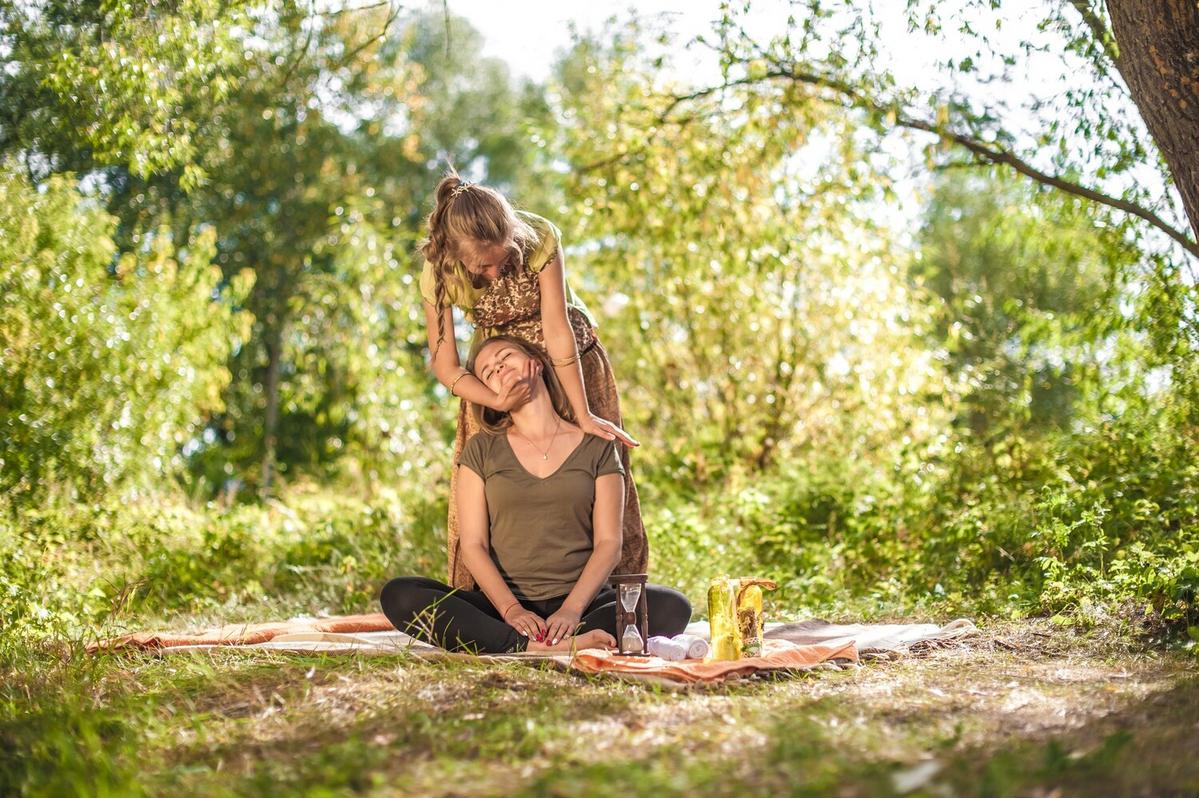
Incorporating Mindfulness in Everyday Parenting
Parenting in the modern age presents a unique set of challenges and opportunities. With the constant buzz of technology and a never-ending to-do list, it’s easy to feel overwhelmed. However, incorporating mindfulness into everyday parenting can transform not only your experience as a parent but also your child’s life.
Understanding Mindfulness in Parenting
Mindfulness in parenting involves being present and fully engaged with your child, without distractions or judgment. It’s about observing your own feelings and thoughts while interacting with your child, and responding with intention. According to Dr. Shefali Tsabary, a clinical psychologist specializing in parenting, mindfulness helps parents to connect deeply with their children, fostering a nurturing environment.
Why Mindfulness Matters
A study published in the Journal of Child and Family Studies found that parents who practice mindfulness showed lower levels of stress and greater emotional awareness, which contributed to healthier family dynamics. These findings highlight the importance of incorporating mindfulness as a consistent practice.
Practical Strategies for Mindful Parenting
- Start with Self-Awareness: Recognize your triggers and stressors. By understanding what affects your mood, you can approach parenting situations more calmly.
- Practice Active Listening: Give your child undivided attention during conversations. This not only strengthens your bond but also models good communication skills.
- Incorporate Mindful Breathing: Take a few deep breaths before responding to a challenging situation. This will help you regain composure and react thoughtfully.
- Create Mindful Routines: Introduce activities that encourage mindfulness, like yoga or nature walks, into your family routine.
Real-Life Example
Consider the story of Emily, a mother of two who found herself constantly stressed and disconnected from her children. By incorporating mindfulness practices, such as setting aside 10 minutes a day for deep breathing and reflection, Emily was able to be more present and responsive with her kids, leading to more harmonious family interactions.
Mindfulness Techniques Table
| Technique | Description | Benefit |
|---|---|---|
| Breathing Exercises | Focus on inhaling and exhaling slowly | Reduces stress and increases focus |
| Gratitude Journaling | Write down things you’re grateful for | Enhances positive thinking |
| Meditation | Spend time in quiet reflection | Improves emotional regulation |
| Nature Walks | Engage with the natural environment | Promotes relaxation |
| Active Listening | Give full attention during interactions | Strengthens relationships |
| Yoga | Integrate physical and mental exercises | Enhances body awareness |
| Mindful Eating | Focus on the sensory experience of eating | Encourages healthy eating habits |
| Visualization | Imagine positive outcomes | Boosts optimism |
Additional Resources
For those interested in exploring further, websites like Mindful.org offer a wealth of resources and insights on incorporating mindfulness into daily life.
Frequently Asked Questions
How can mindfulness improve my relationship with my child?
Mindfulness fosters empathy and patience, allowing for more meaningful connections.
Is mindfulness suitable for all ages?
Yes, mindfulness can be adapted for all age groups, from toddlers to teenagers.
How much time should I dedicate to mindfulness each day?
Even as little as 5 to 10 minutes a day can make a significant difference.
Conclusion
Incorporating mindfulness in everyday parenting can be transformative, enhancing your emotional connection with your child while reducing stress. By integrating these practices into your daily routine, you contribute to a more present and balanced family life. Begin your mindfulness journey today and experience the positive changes it can bring to your home.


